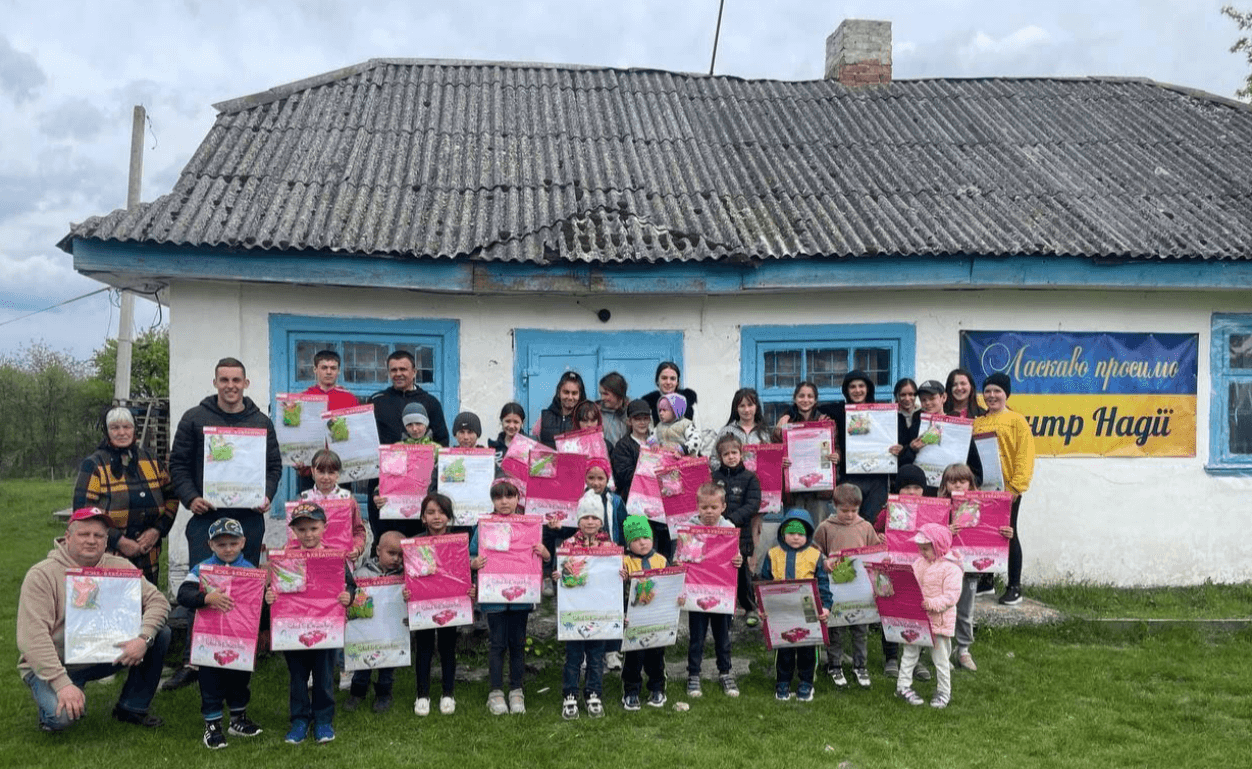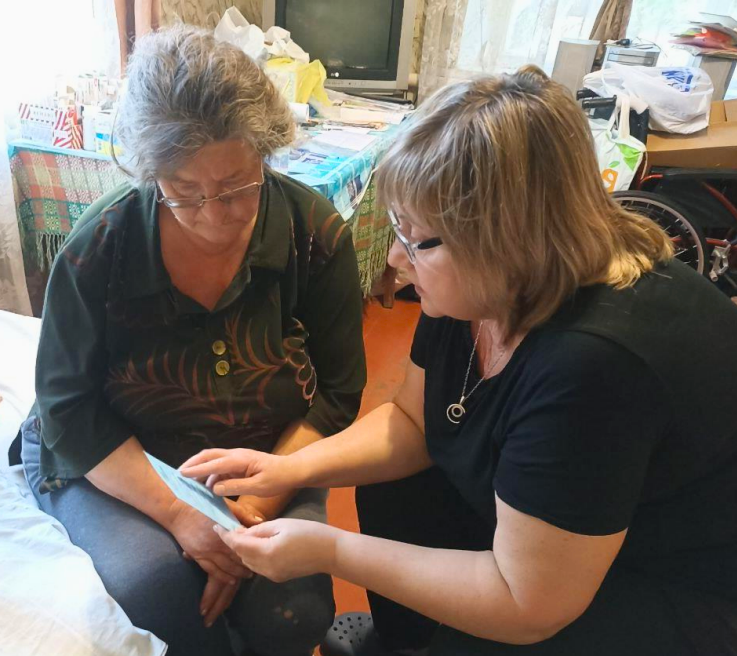Centers of Hope Part 2: Multiplying Community Shepherds for Churches that Endure

Before 1991, the Soviet Union governed religion and religious practice across its fifteen republics with crushing severity. They regulated every aspect, from a pastor's attire and song selections to the annual number of baptisms. After Communism collapsed, many new churches sprang up in strong numbers. These congregations could finally exercise freedom in worship, focusing more on relationship with God and one another than on strict, legalistic practice. For nearly a decade, true revival broke out and countless grew in the love and knowledge of Christ.
The tides began to turn again, however, as smartphones gained prominence in Eastern Europe. The younger generations embraced the easily accessible internet and secular influences drew them away from the faith they had been raised in. The older and wiser recognized the mass exodus but struggled to find ways to re-engage them. By God’s grace, Abe and Diane Bible had the vision, experience, and resources to equip pastors in guiding youth back to the church.
Between 2015 and 2022, the Bibles shifted their trainings to focus more on engaging with the community than drawing others into a specific building. These methods took time to catch on, understandably. The pastors had to wrestle against their traditional practices and humbly acknowledge the need for adjustments. Everything came to a head when the Russians invaded in February 2022, prompting the Bible’s mission board to seek their help in raising funds for the devastated churches. In prayer, Abe and Diane developed an idea for a new kind of church that could not be outright destroyed– a Center of Hope.

Much like a church, a Center of Hope shepherds the community through personal connections. However, instead of working to draw people in, its members go out into the streets to meet people where they are. In the field, Abe teaches one must use “spiritual eyes” to discern the work of the Holy Spirit and respond to needs with a willing servant's heart. “What do you see that is not normal?”, he might ask a pastor in training.
One brother noticed a woman who was a dollar short on her groceries. Not only did he cover the difference, but he also carried her bags to her home, sharing the love of Christ. Halfway there, the woman asked him to come inside and proclaim the Gospel to her son who had been drinking himself into a stupor. God often has a bigger idea in mind than what is seen in the natural. By His grace, the Bibles have heard thousands of similar testimonies from former students.

Beyond evangelism, the heart of Centers of Hope lies in raising up true disciples. By hosting informal programs such as grief counseling, youth sports activities, Bible studies, worship gatherings, and humanitarian aid, leaders invest in others while meeting felt needs. Each program is carried out in an organic, flexible manner— a stark contrast to the legalistic practices that still linger from the communist era. Consequently, this approach is not so easily embraced.
To further challenge comfort zones, Abe sets goals beyond what leaders can reach alone. For example, he envisions each Center growing to 100 members within four years, ensuring sustainability and continued expansion. Achieving this requires pastors to raise up future leaders while teaching new believers to take ownership of their faith and share with others.
The Bibles have witnessed that engaging the lost and shepherding a thriving community is not a one-man effort. Across Ukraine, over a thousand churches have fewer than fifty members. Some congregations even lack a full-time pastor and solely rely on a minister who visits monthly to lead communion. Rather than perpetuating this model by singularly building each Center of Hope, Abe equips others for the task through about ten practical workshops each year.
Each course lasts three days and is prayerfully inspired by classic curriculum, personal experiences, and present needs. With the war in Ukraine, many especially benefit from Diane’s sessions on recovering from trauma. Beyond teaching, the Bibles model the lessons with times of prayer, scripture reading, and going out with students to share Christ with others. Since 2022, at least thirty Centers of Hope have been established or are in the process of being established across the nation.
Despite the ongoing conflict, many people are still meeting faithfully. One man is in the middle of a real war zone in town with a ministry of about one hundred thirty attendees. He shares from the Bible, cares for the people, and has also built a structure like a pole barn to shield the congregation from the weather. Meanwhile, the Russians are shooting near that very area.
To God’s glory, countless individuals have heard the Gospel through the Bibles’ lifelong dedication to the Lord. Their story is a testament that we don’t need to see the full picture or rely on our own expertise to do what God sets before us. He desires our faithfulness to the next step, trusting Him with the results. Their unwavering commitment also proves that excuses are meaningless. While facing Soviet control, rigid legalism, the rise of smartphones, and the recent war, the Bibles never backed down from where the Lord called them. May we all live in that kind of love for Jesus, refusing to let anything keep us from walking in obedience to Him.
